Taxation Law: Analyzing Jacinta's Tax Residency and Assessable Income
VerifiedAdded on 2021/06/16
|5
|1111
|24
Homework Assignment
AI Summary
This assignment provides a comprehensive analysis of Jacinta's tax situation, focusing on her tax residency and assessable income for the 2016/17 and 2017/18 tax years. It begins by determining Jacinta's tax residency status, applying the domicile test based on her Australian domicile and relocation to Singapore. The analysis considers the relevant case law and factors such as her intent to return to Australia and the duration of her stay abroad. The assignment then assesses the accessibility of her income, differentiating between income derived from Australian and foreign sources, and considering various forms of income such as salary, air tickets, holiday vouchers, and relocation compensation. The analysis correctly concludes that Jacinta would be considered an Australian tax resident between July 1, 2016, and August 31, 2016, and a foreign tax resident from September 1, 2016, onwards. The assignment correctly assesses the tax implications of her income during these periods, including the assessability of her salary, non-cash benefits, and relocation allowance. References to relevant sections of the ITAA 1936 and supporting case law are provided to support the analysis.
1 out of 5
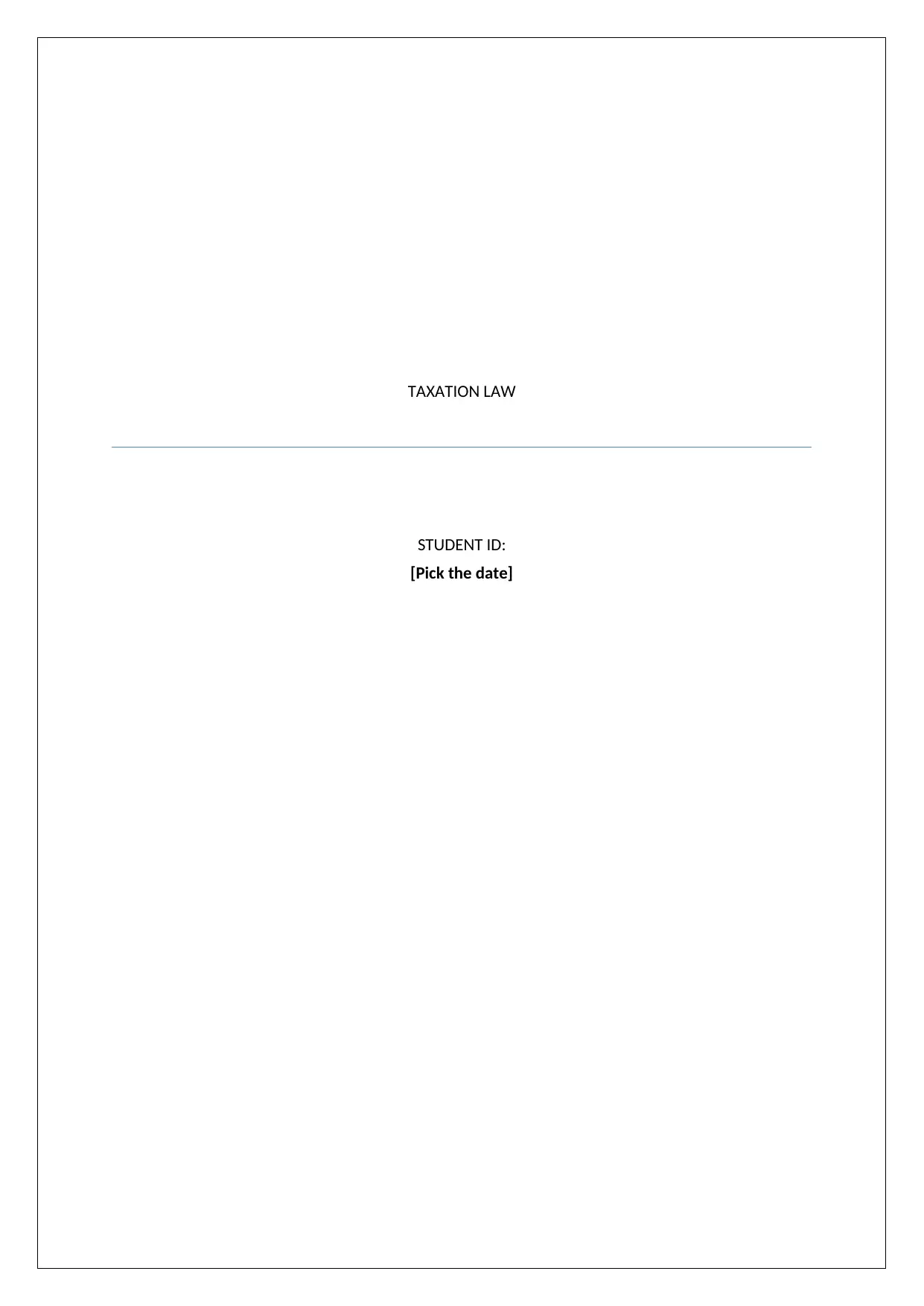
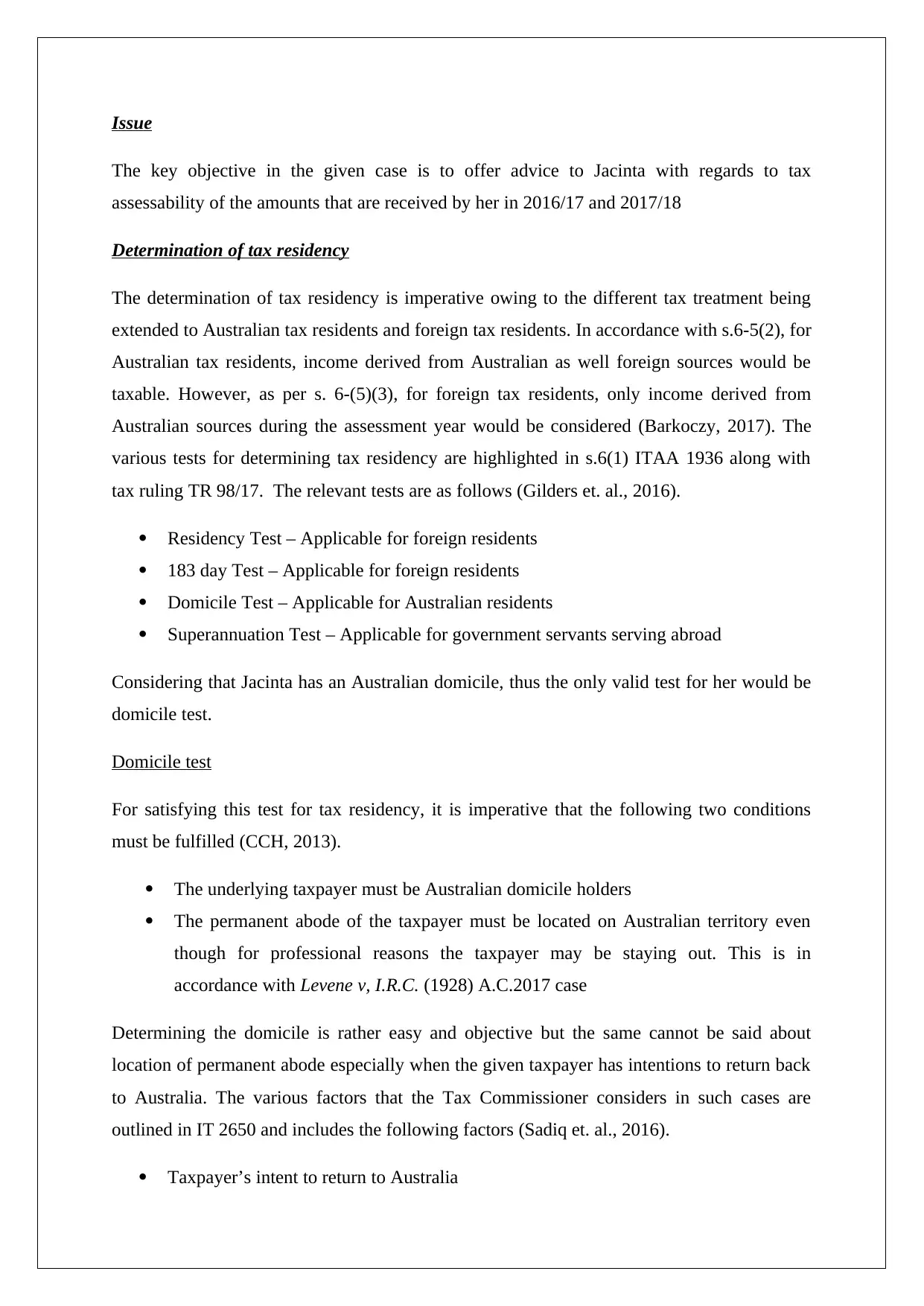
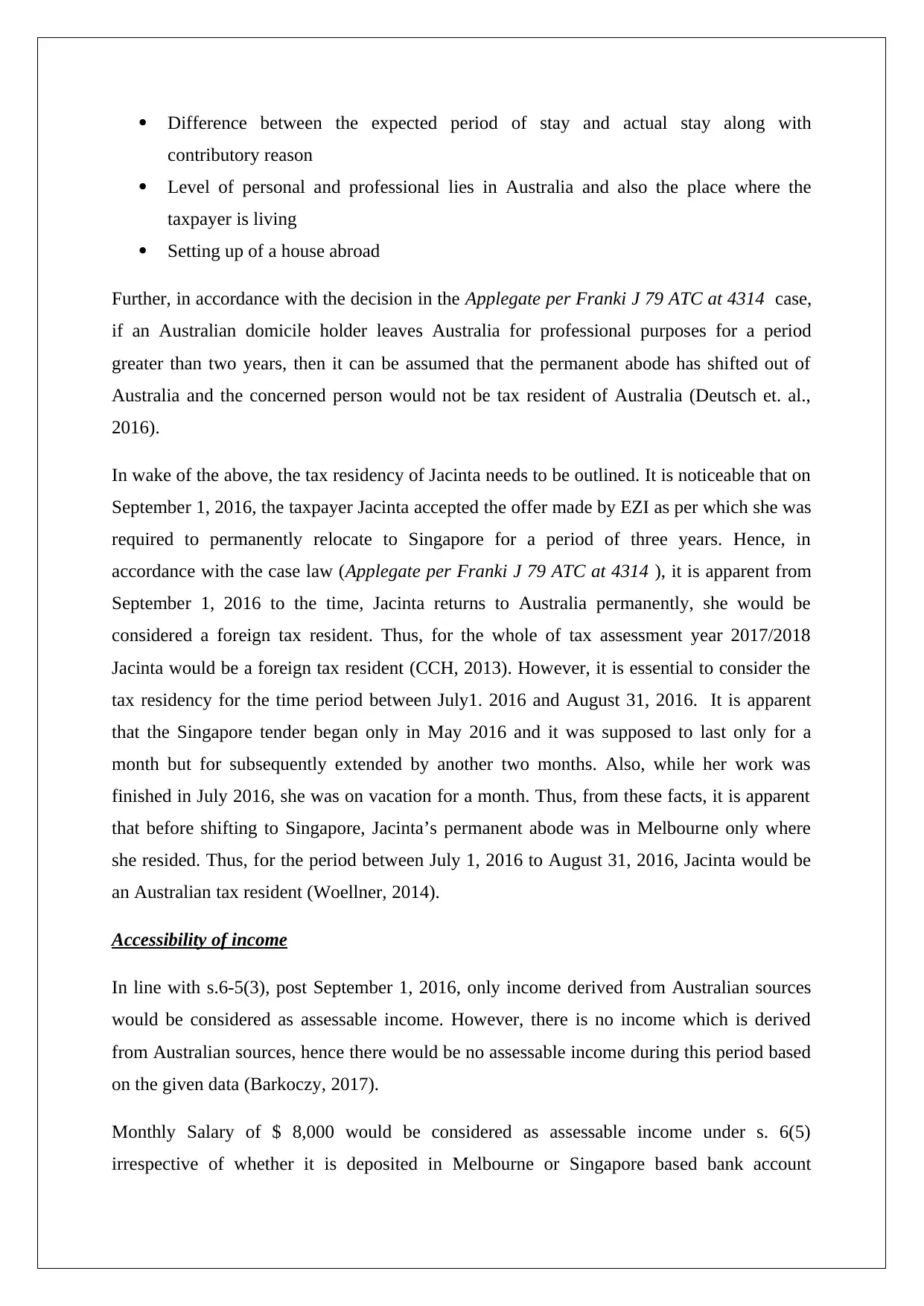

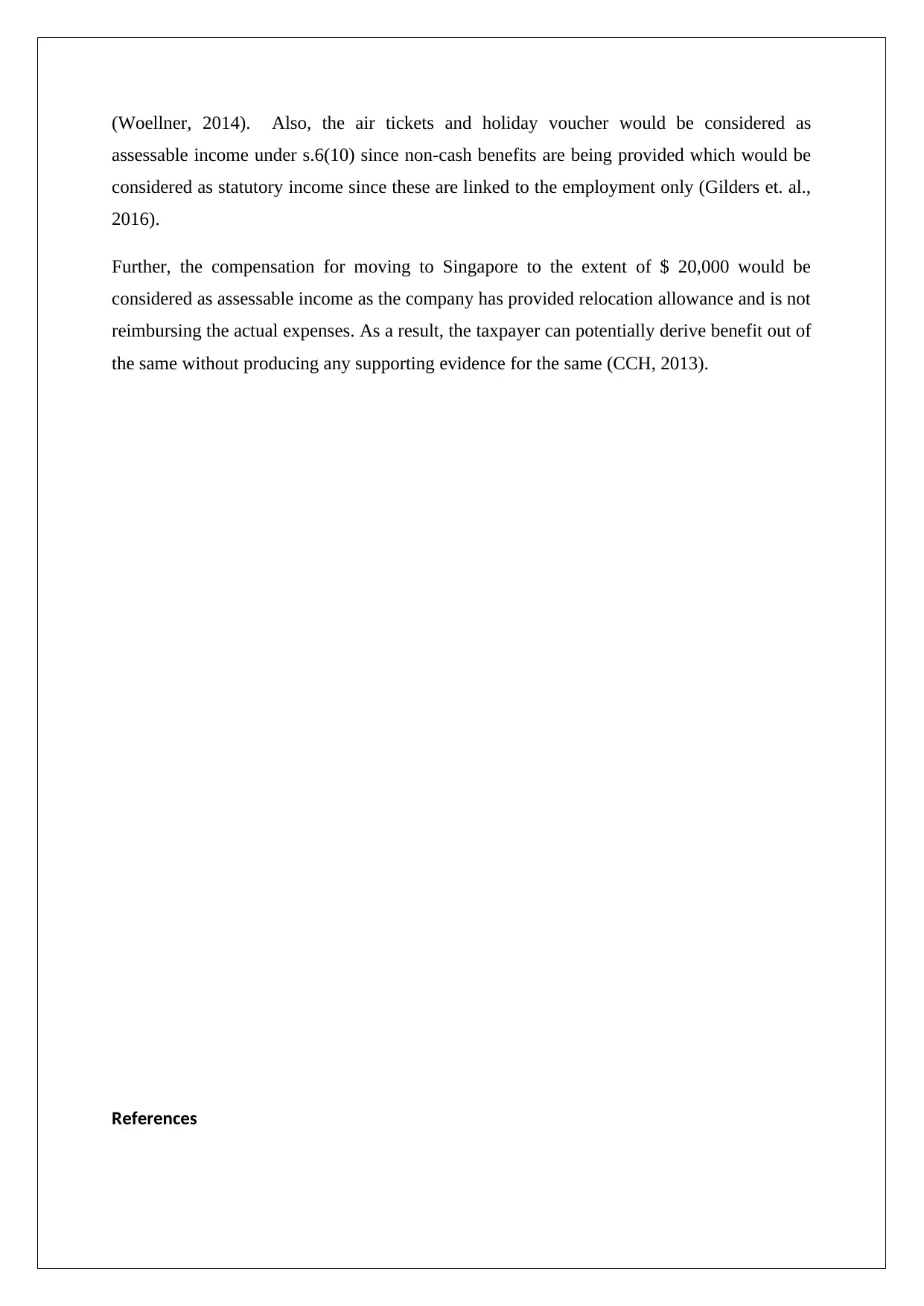
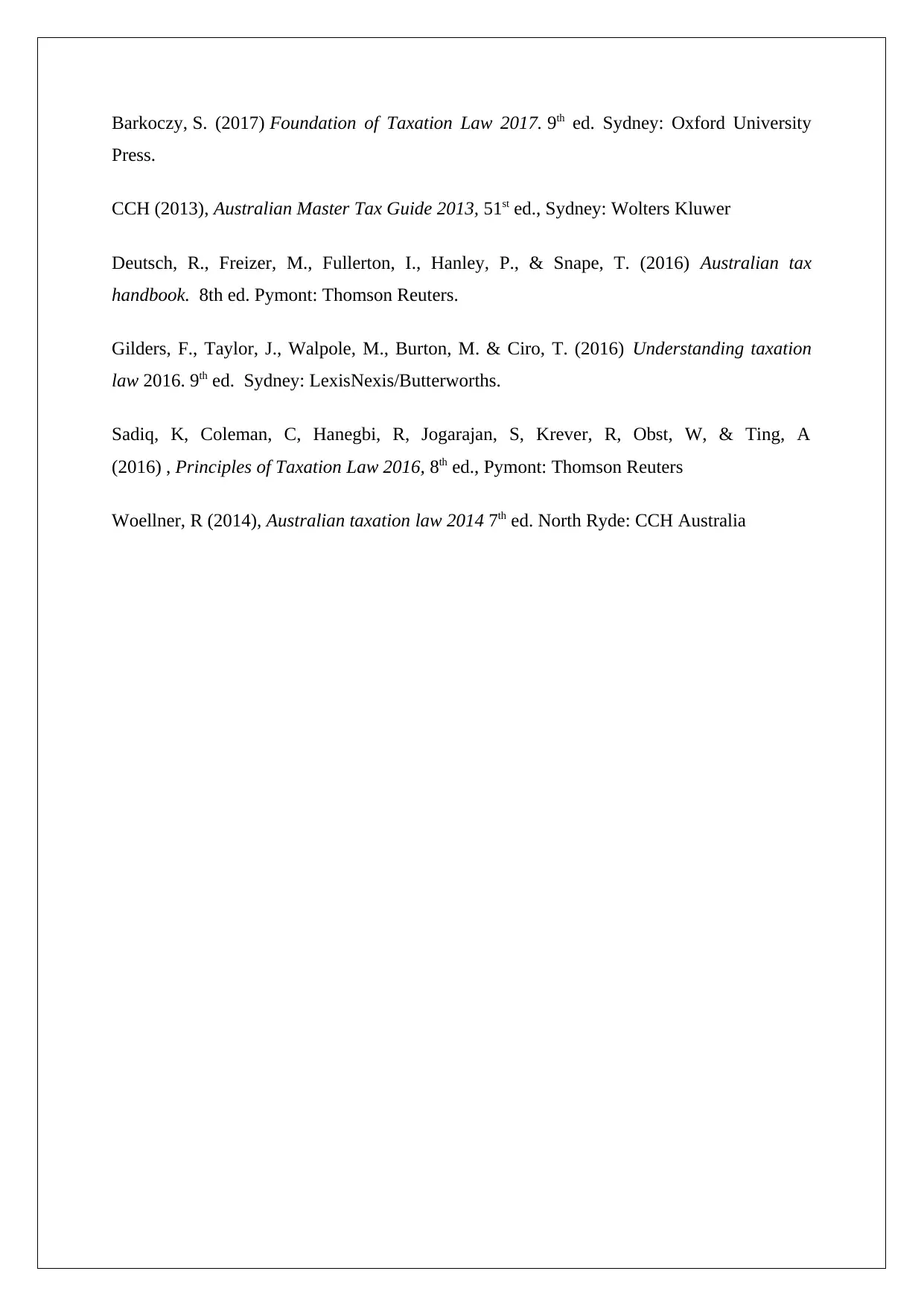






![[object Object]](/_next/static/media/star-bottom.7253800d.svg)